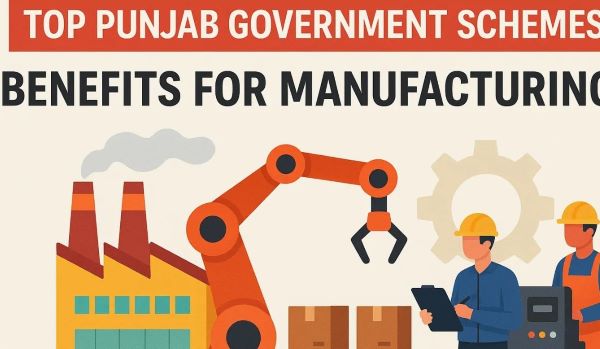 Punjab has introduced a range of subsidy programs aimed at supporting both the rich and poor segments of society. These initiatives cover agriculture, energy, and housing, among other sectors. While the government claims these subsidies are meant to uplift the economically disadvantaged, questions remain about who actually benefits the most.
Punjab has introduced a range of subsidy programs aimed at supporting both the rich and poor segments of society. These initiatives cover agriculture, energy, and housing, among other sectors. While the government claims these subsidies are meant to uplift the economically disadvantaged, questions remain about who actually benefits the most.
Question: Are Punjab’s subsidy programs really helping the poor, or are they being exploited by the wealthy?
Agricultural Subsidies: Modern Farming for All?
Programs like the Laser Land Leveler Subsidy provide modern agricultural machinery at discounted rates, intended to increase productivity and efficiency among farmers. Yet, medium and large farmers often gain the most, leaving smaller and marginal farmers at a disadvantage. The intent is to promote sustainable farming, but implementation gaps raise concerns.
Question: Are small farmers in Punjab truly reaping the benefits of agricultural subsidies?
Energy Subsidies: Who Uses Free Electricity?
Punjab offers free electricity to farmers, a longstanding policy designed to reduce input costs. However, evidence suggests that wealthier farmers with larger landholdings benefit disproportionately, while many small farmers remain excluded due to lack of proper electricity connections. The policy raises questions about fairness and inclusivity.
Question: Do energy subsidies in Punjab disproportionately favor the rich over the poor farmers?
Housing Subsidies: Building Homes or Favors?
The government provides housing schemes for homeless and low-income families, including plots and financial aid. Despite these intentions, political interference and bureaucratic delays have allegedly hindered the fair distribution of houses. Some claim that influential individuals manipulate the system to their advantage, leaving the poorest behind.
Question: Are Punjab’s housing subsidies reaching the families who need them most?
Criticisms and Concerns: Balancing Welfare and Finance
Subsidy programs in Punjab face scrutiny for equity, financial sustainability, and implementation efficiency. Cases have emerged where subsidies intended for Below Poverty Line (BPL) households are claimed by richer families, straining the state’s finances without meaningful benefits to the poor. Critics argue that reform and stricter oversight are necessary.
Question: How can Punjab ensure that subsidies genuinely serve the underprivileged rather than the affluent?
Conclusion: Subsidies and Accountability
Punjab’s subsidy schemes show the government’s intent to support its citizens, but the balance between helping the poor and inadvertently favoring the wealthy remains fragile. Without transparent policies and effective monitoring, the goal of equitable development may remain unfulfilled.
Question: Will Punjab ever reform its subsidy programs to ensure fairness and effectiveness for all citizens?